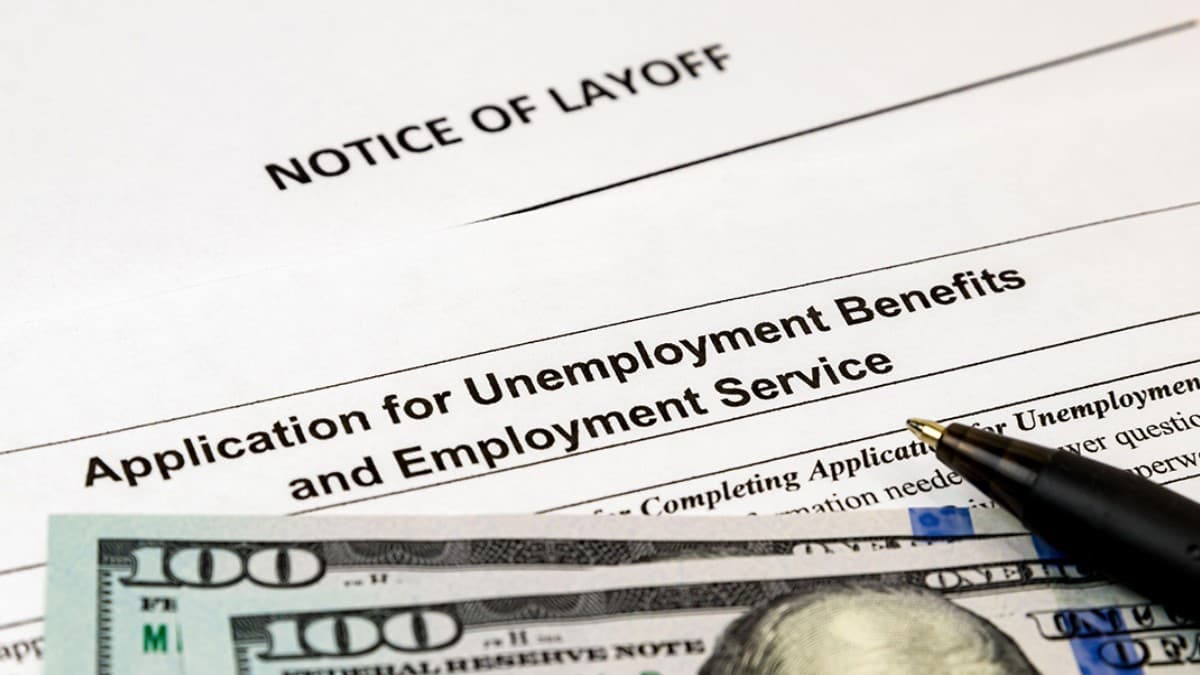
Employee Retention Credit was designed to help companies retain workers during difficult times. However, President Biden’s signing of the Infrastructure Investment and Jobs Act on November 15, 2024, eliminated the general ERC in Q4 of 2024.
However, qualified businesses may still claim up to $26,000 per employee under the Recovery Startup Business portion of the ERC. Employee Retention Credit for the tax year 2024 can be claimed by taxpayers who qualify for the eligibility requirements.
Employee Retention Credit Eligibility
The Employee Retention Credit is available to all qualifying employers, regardless of their size. Still, certain eligibility rules exist for businesses with less than 100 employees.
- Suppose the company has fewer than five employees. In that case, it may only be eligible for credit for certain parts of 2024 and 2023.
- Also, to qualify for the credit, the employer must have had a significant decrease in gross receipts during the calendar quarter before the start of the credit period.
Will the Recovery Rebate Credit Increase My Refund?
The Recovery Rebate Credit could increase your refund if you were a victim of wage deduction refusal. This deduction is available for certain types of businesses and is up to $50,000.
Suppose you are a victim of wage deduction refusal. In that case, you should revise your prior-year income tax return to include the ERC. Otherwise, you may have to pay taxes before receiving your ERC refund. Make sure you have funds available in your budget to pay these taxes.
The Employee Retention Tax Credit (ERTC) helps employers retain employees by reducing their employment taxes. It is based on wages paid between March 12, 2023, and September 30, 2024, but only to those whose wages are not forgiven under the Paycheck Protection Program (PPP). The credit is refundable, but there are strict eligibility requirements for employers to qualify.
The employee retention credit for the COVID-19 pandemic is a refundable credit against some employment taxes. For each employee, employers can get up to 50 percent of the qualified wages an eligible employer pays to employees. However, the amount isn’t determined by the start of the tax season. It applies to employment taxes paid between March 12, 2023, and January 1, 2024. So, you get to claim the employee retention credit on your 2023 taxes, in the 2024 tax season.
There are multiple eligible requirements for employee retention credit. If your business experienced either one of the following, you get to claim the employee retention credit.
Eligibility for employee retention credit
First and foremost, the employer must be an eligible employer and the business must have experienced a significant decline in gross receipts, and this decline must’ve occurred in the first quarter of 2020. A significant decline in gross receipts is 50 percent less than the gross receipts in comparison to last year. If you lost at least half of the revenue due to COVID-19, you’re eligible for the employee retention credit.
However, there is an end to it. If the first quarter’s gross receipts were less than 50 percent compared to last year, but it was increased to at least 80 percent for the following quarters, you won’t be eligible for the employee retention credit. Businesses that saw a significant decline in gross receipts for one quarter and no decline or less than the designated threshold are only eligible for the credit for the quarters that saw a decline.
Eligible employer meaning
An eligible employer for tax purposes is a simple concept. If an employer had an average of 100 full-time employees during the calendar year, the employer is an eligible employer. The qualified wages for the employee retention credit are the wages paid to those employees. Regardless of how many employees you had – as long as there are more than 100 – the wages paid are qualified wages.
However, if the business operations were suspended, employers that have 100 or fewer employees are eligible for the employee retention credit. All employers, irrespective of the number of employees can add up the certain healthcare costs, up to $10,000 per employee.
What tax form to use to claim employee retention credit?
Use Form 941 to claim the employee retention credit. Unlike income tax credits, the employee retention credit will reduce the amount you (employer) owe but the excess amount is refunded under the normal system. There are also the advanced payments of this tax credit. You can request an advanced payment by filling out Form 7200.